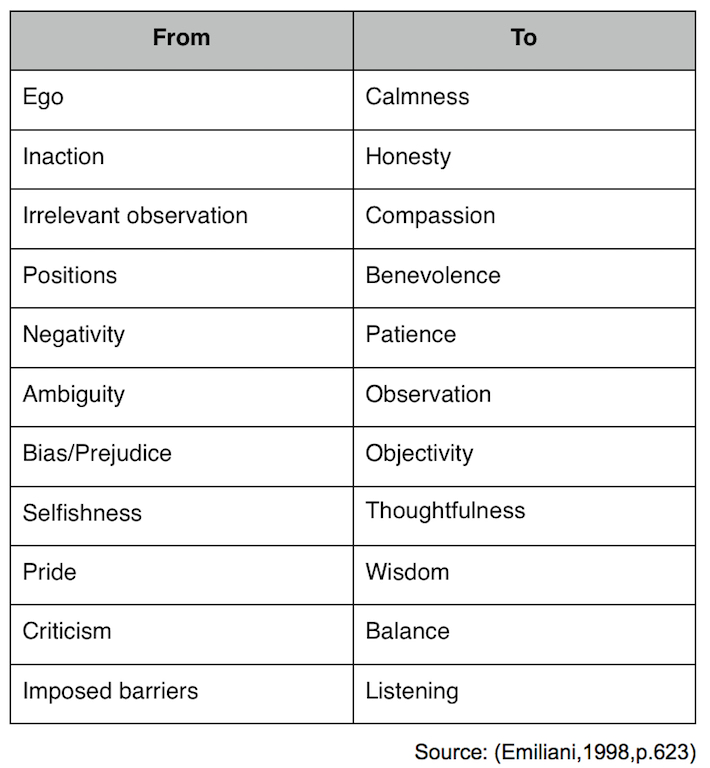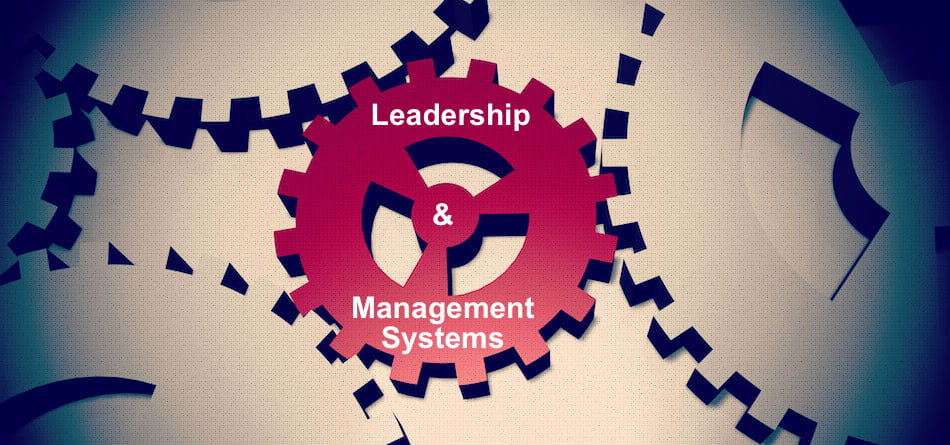When establishing a kaizen culture, it is essential that top management provide their employees with the initiatives behind it and why it is required. Management must also provide employees with the resources they need. Examples of the resources can be time, material, tools, training, support, and/or coaching.
A team leader’s role is to support and guide his/her employees with problem solving. For instance, if a team is falling behind with production on an assembly line, the team leader might add an extra member to catch up with production as a short term corrective action. On the long term, the team leader will observe each person carrying out his/her work, as the line was recovering; and will ask questions to gain a better understanding on why the line fell behind (Spear, 2002).
Team leaders and managers are also mentors. Their role should include educating and developing employee skills into the kaizen culture. At Toyota, management serve as enablers. TPS mentors teach trainees through practice while on the job, without telling them how and what to do (Spear, 2004). They ensure that the trainees are on the right track and reinforce the TPS approach by asking questions, some examples are (Ballé et al, 2006):
- What is the problem?
- What is the goal of the improvement or change?
- What is the root cause?
- What are the changes recommended?
- What is the expected outcome(s)?
- How will you measure the outcome(s)?
As mentors, team kaizen leaders and managers should develop trainees’ skills on how to carry out observations and how to develop prototypes. The team leader or manager will show them what to look for during the observations (to spot stress, wasted effort, etc). Also, he/she will give them ideas on how to create prototypes very quickly and using simple methods (e.g. from cardboard). If a change requires an engineer or the maintenance department, the team leader or manager ensures their availability for help.
Management behavior should display characteristics that will nurture a kaizen culture. The culture should be characterised by trust, shared responsibility, and experimentation without the fear of failure (Emiliani, 1998). These behavioral characteristics are listed in the table below.


In a kaizen culture managers have to inspire and motivate the employees to engage in kaizen activities. Toyota uses numerous small but very powerful methods to inspire and motivate its people. Examples of how Toyota does that are having management on the shop floor taking part in kaizen and problem solving, asking people to make things cheaper by one yen (less that a pence), and three actuals (3 Gen). Management participating on the shop floor activities shows willingness, commitment, and leading by example.
An example given by Wakamatsu (2009) shows that shop floor workers might be suspicious in the beginning of having management on the shop floor. They will observe the manager actions and enthusiasm, and then will cooperate in kaizen accordingly. Shop floor employees will not get motivated if a manager shows up every once in a while, and tells them what to do. Most people on the shop floor cannot reduce costs significantly. Toyota realises that, and seeks to motivate everyone to participate in kaizen by looking, daily, for small things that will inspire them. The three actuals (3 Gen) is a method of looking at an actual place, an actual item, and an actual situation. This technique leads managers to investigate and check for themselves, opposed to rely on data and information only.
Managers find it easier and faster to give guidance to employees on how to solve problems when knowing the solution. This leads to solving the problem faster without confusion. Managers must train themselves to be patient and nurture the employees skills in generating ideas and ways to solve problems. To further understand the importance of this point, an example is Ohno giving feedback to a Kaizen project leader on his approach. The project leader came up with all the ideas and was going to supervise the implementation process on the shop floor. Ohno told him that he is not giving the workers a chance to get involved in the planning process. He then explains that his job as a leader is not to come up with solutions, but to put workers on the right path so they can solve their own problems, with their own knowledge and experience.
In an interview with Toyota president Katsuaki Watanabe, he was asked what he learned about being a leader in the two years being Toyota’s president. His answer reflects the TPS principles. He explained that he visits different places to find out for himself how people understand the Toyota way in day-to-day management in any function. He is also available to talk to his managers, to discuss and debate issues and ideas. (Stewart & Raman, 2007)
Management adopting the right roles and behaviors in the kaizen culture lead to commitment from employees, open and honest dialogue, and an increase in employees participation in the business. This culture moves management from undesirable behaviours. Their behavior moves away from functional and department loyalty, personal gain and interest, and ego driven.
For the success of a kaizen culture the management system is as critical as all other systems in the organisation. It is one of the gears that enables the development of the organisation and moving forward. If it is fixed and does not rotate as it is suppose to (develop and change) the whole organism will hault and end up failing.
As a leader be the change that you want others to follow. Inspire others with your actions.


I spent a great deal of time to find something
similar to this
This is really helpful, thanks.
Nice posts! 🙂
___
Sanny